(Disclaimer: Pocket knives are dangerous tool. All activities listed should be done under the direct supervision of a qualified adult.)

Allowing kids to have a pocket knife can have many benefits. Pocket knives can be a useful tool for outdoor activities like camping, hiking, and fishing, where having a reliable cutting tool can be invaluable. It can help to foster a sense of responsibility and independence, as kids learn to take care of their own tools and make decisions about when and how to use them. That being said, it is important to ensure that kids receive proper training on how to handle and use a pocket knife safely, and that they are always supervised when using it. With the right guidance and supervision, allowing kids to have a pocket knife can be a great way to teach them valuable life skills and promote a love of the outdoors.
If you are planning to have your kids earn their Pocket Knife Badge, it is important to start with the Pocket Knife Safety Badge first. Depending on the age of your kids, I started mine with a foam pocket knife I made out of some craft foam and a brad so it could open and close. We went over all safety rules with the pretend knife before I gave them a real one.
How to Make a Foam Practice Knife
Materials:
- Craft foam sheets (two different colors)
- Scissors
- Metal brad
- Pencil
- Black marker
- Pocket Knife Template
- Tape
Steps:
- Choose two different colors of craft foam sheets. One color will be for the handle, and the other color will be for the blade.
- Trace the pocket knife handle template on one of the foam sheets using a pencil
- Cut out the handle shapes using scissors.
- Use the black marker to draw a design on the handle, such as a pattern or the name of the pocket knife.
- Trace the blade template on the other color of craft foam sheet.
- Fold the handle piece in half lengthwise and sandwich the blade between the two handle pieces. Attach a brad through all three pieces where marked with a small circle
- Use a small piece of tape to keep the end of the handle opposite the brad closed.
- You should now be able to open and close the “knife”
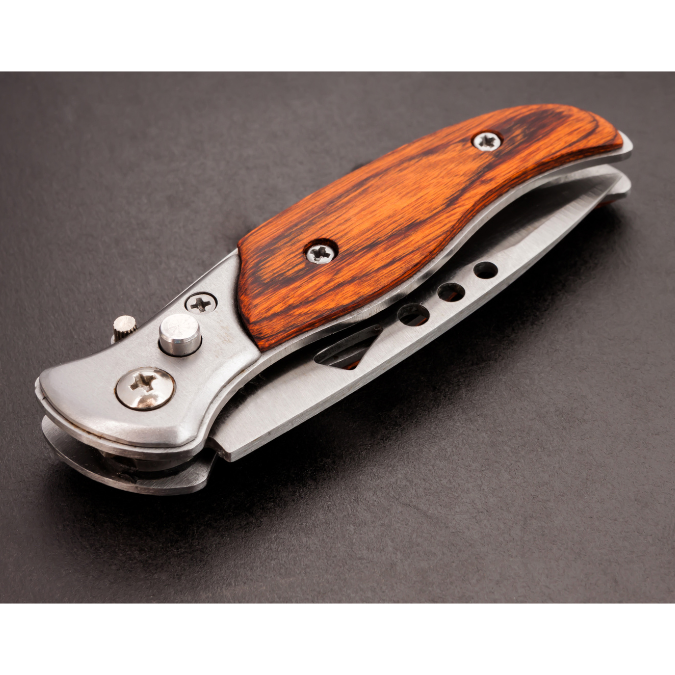
What Is a Safety Circle?
A safety circle is a simple way to teach kids to be aware of their surroundings when handling sharp objects. Have the kids put their arm straight out with fingers extended. Spin slowly in a circle one time. If they can’t touch anyone, then it is safe to use their knife. Discuss why a safety circle is important and why you should always be aware of who is near you. Also discuss why it is important to keep your distance if someone else is using a knife.
To Do: Have kids stand in a group. Have some kids closer together and some farther apart. Choose a child and have them spin in a safety circle. Then ask them if based on their circle, is it safe to use a knife. Continue until all children have completed a safety circle.
Fulfills requirement #2
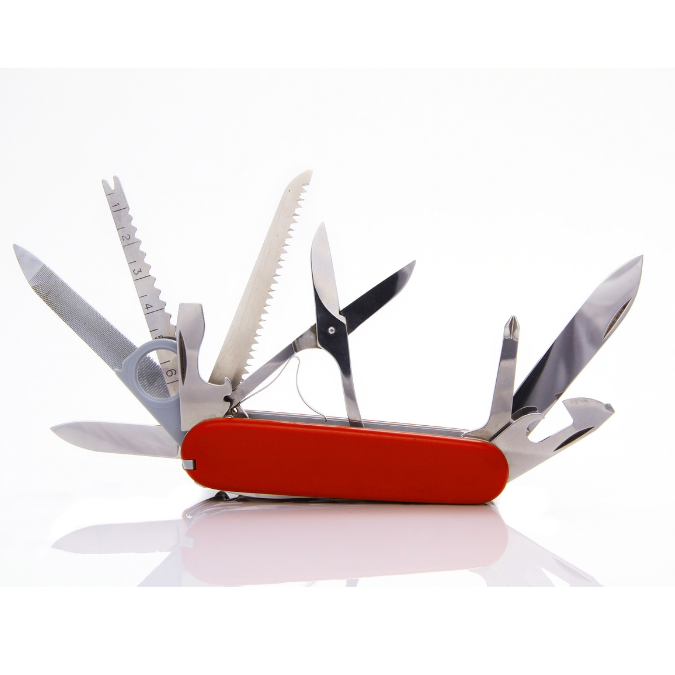
Learning to Close a Pocket Knife Safely
Closing a pocket knife safely is very important because failure to do so can result in serious injury. It is important to use the proper technique for your specific blade when closing the knife and to ensure that the blade is fully closed and locked in place before putting the knife away. There are many styles of pocket knives, some with safety latches and some without; some with a single blade and some with multiple blades.
Below is a great video on how to close a wide variety of pocket knives.
To Do: Practice opening and closing a pocket knife safely. Kids can start by practicing on the pretend knives they made in the previous activity.
Fulfills starred requirement #1
Passing a Knife to Another Person
Unlike rigid knives that don’t close, there is rarely a reason to pass a pocket knife to another person with the knife open. The safest way to pass a pocket knife is to fold it first, pass the knife, and let the other person re-open it.
On occasion however, it may be necessary to pass a pocket knife without closing it first such as when it being used for something wet or dirty and you do not wish to clean it before passing it to another person. In this case, the safest way to pass the knife is to lay it on a flat surface and let the next person simply pick it up.
Sometimes there is no flat surface available and an open knife must be passed directly from person to person. When this happens, the person passing the knife should grasp the spine of the knife (blade facing down away from the palm) and pass the knife handle first to the person taking it. This way if the knife was to slip or be pulled out of your hand – you won’t be cut. The other person takes hold of the handle and says “thank you”. The words “thank you” is the clue to the person holding the blade that they have a hold of it and are ready for you to let go. “Thank you” is an important step as it ensures that the knife will not accidentally be dropped which could injure someone.
To Do: Play Pass the Knife
Have the kids sit in a circle. Using a pretend knife made from the instructions above, hand the closed knife to one child. Have them open the knife, close it properly and then hand it to the next person. Continue around the circle until all kids have completed the activity.
Next, have the child open the blade and lay it carefully on the floor in front of the next child. Once they have their hands in their lap, the next child may pick up the knife and pass it, making sure to always keep the blade pointed away from them. Continue around the circle until all kids have completed the activity.
Finally, have the first child open the knife and safely pass it to the next child (blade down, handle first). Make sure they do not let go of the knife until the the next child says “Thank you.”
If any child makes an error, make sure to correct them and have the try again.
Fulfills requirement #4
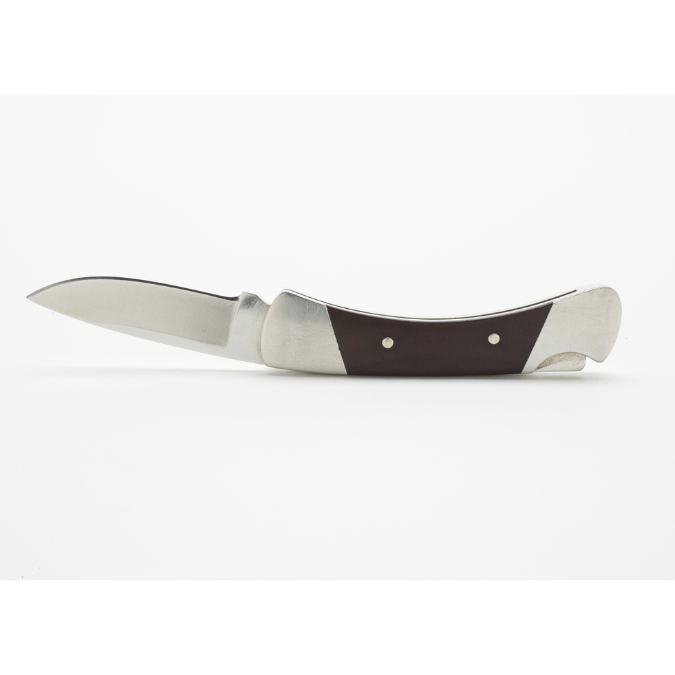
How to Safely Use a Pocket Knife
While pocket knives are useful tools for a variety of everyday jobs, they can also cause serious injury if used improperly. Learning to cut properly with your knife will keep both you, and those around you, safe.
- Know your local laws whenever you are carrying or using your pocketknife. While pocket knives are usually legal, they are not allowed in certain places such as schools or airports.
- Choose the right size knife for your hand. Ideally a pocket knife should be about the same size or smaller than the palm of your hand when closed.
- Before using your pocket knife, check your safety circle and ensure no one is close by.
- Keep your knife sharp.
- Always cut away from you. Never toward your body.
- Keep your eye on the blade. Getting distracted and not watching what you are doing is a quick way to get hurt.
- Keep your pocket knife closed when not in use.
- Know your knife. Pocket knives vary in size and strength. Make sure you know what types of jobs your knife is built for. Using them for a job they are not meant for may cause breakage or injury.
- Always clean your knife properly before putting it away.
- Never throw your pocket knife, hand it to someone blade first, or carve into something that does not belong to you.
To Do: Brainstorm a list of at least 20 jobs that you could safely use a pocket knife for. Some examples might include opening a package, cutting fishing line, or cutting a rope. Once you have your list, choose one or two items and demonstrate how to safely use a pocket knife to get the job done.
Fulfills requirement #3
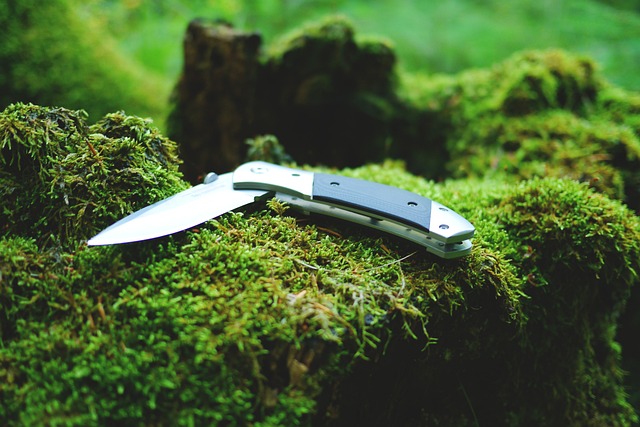
How to Safely Clean and Care for a Pocket Knife
A dirty pocket knife can cause the blade to dull faster and may also cause rust which will weaken the blade. Small bits of debris and dirt can collect in on the blade as well as in the pivot. This may prevent the blade from opening, closing, or locking correctly which can cause injury. Make sure to wipe down your blade after each use before putting it away.
To clean your pocket knife, first remove the grime in all the various nooks and crannies using a toothpick. Then using warm water and mild dish soap, wash your knife thoroughly using an old toothbrush. Using a toothbrush, helps keep your fingers away from the blade and is safer than using a rag. Once clean, let the knife air dry until completely dry.
Once your pocket knife has dried, you need to lube it to ensure it opens and closes smoothly. If you use the knife to cut food, make sure to always use a food grade lubricant like mineral oil. Just put a drop on the pivot and the blade and wipe off the excess with a soft cloth making sure to wipe away from the blade.
To Do: Clean your pocket knife and lube it.
Fulfills requirement #5
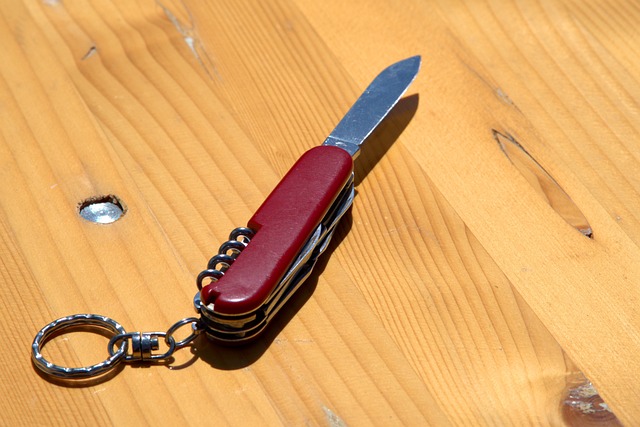
Sharpening a Pocket Knife
Keeping your pocket knife sharp will help it to bite surfaces more easily. Dull knives require more pressure to cut and are more likely to slip which can cause injury. A sharp knife is actually safer when in use than a dull knife.
Scout Life Magazine has a good video on their website that shows the proper way to sharpen your knife.
To Do: Using a whetstone, sharpen a pocket knife. (Adult supervision required.)
Fulfills requirement #6
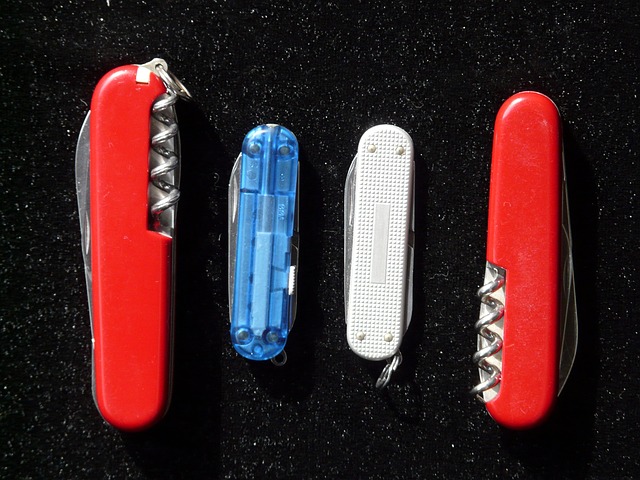
Pocket Knife Pledge
In the Boy Scouts, in order to carry a pocket knife, members must agree to the following:
- I will treat my pocketknife with the respect due a useful tool.
- I will always close my pocketknife and put it away when not in use.
- I will not use my pocketknife when it might injure someone near me.
- I promise never to throw my pocketknife for any reason.
- I will use my pocketknife in a safe manner at all times.
To Do: Write your own Pocket Knife Pledge and agree to live by it. What other items might you include in your pledge?





